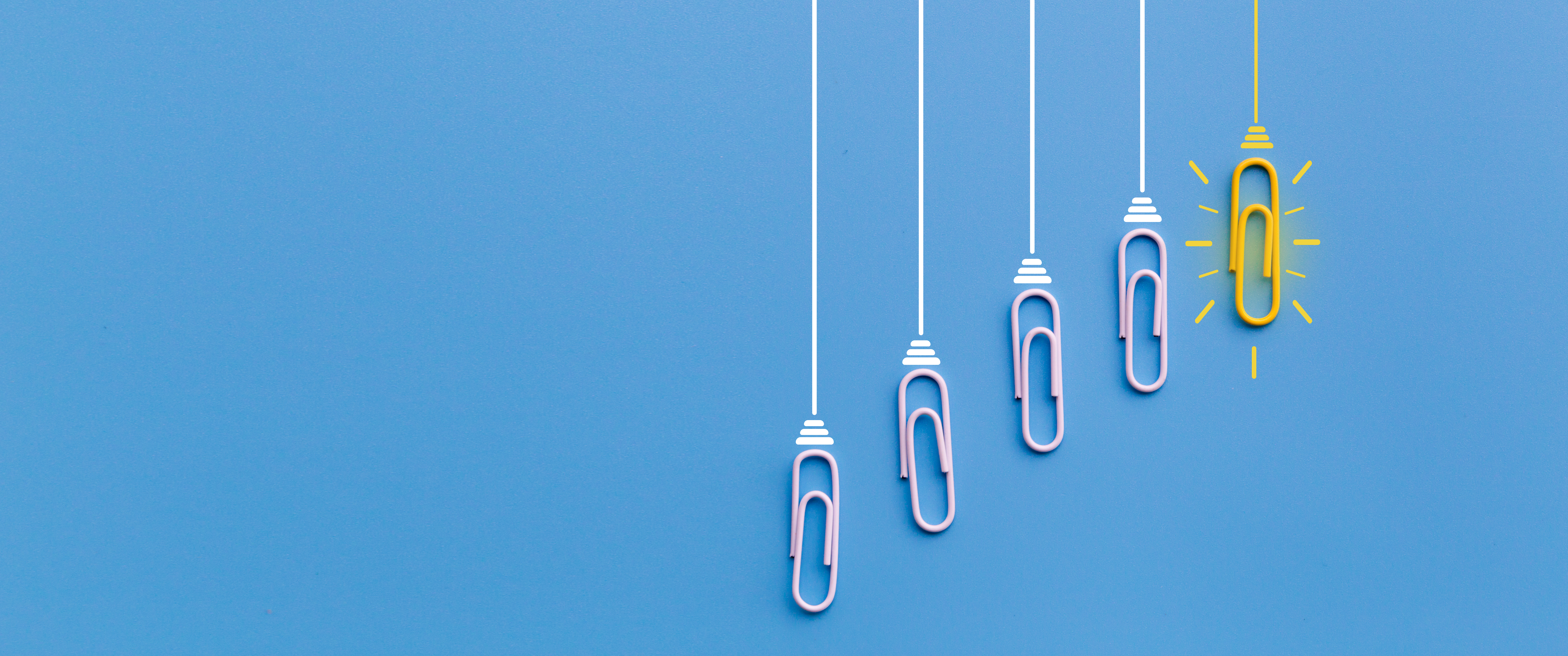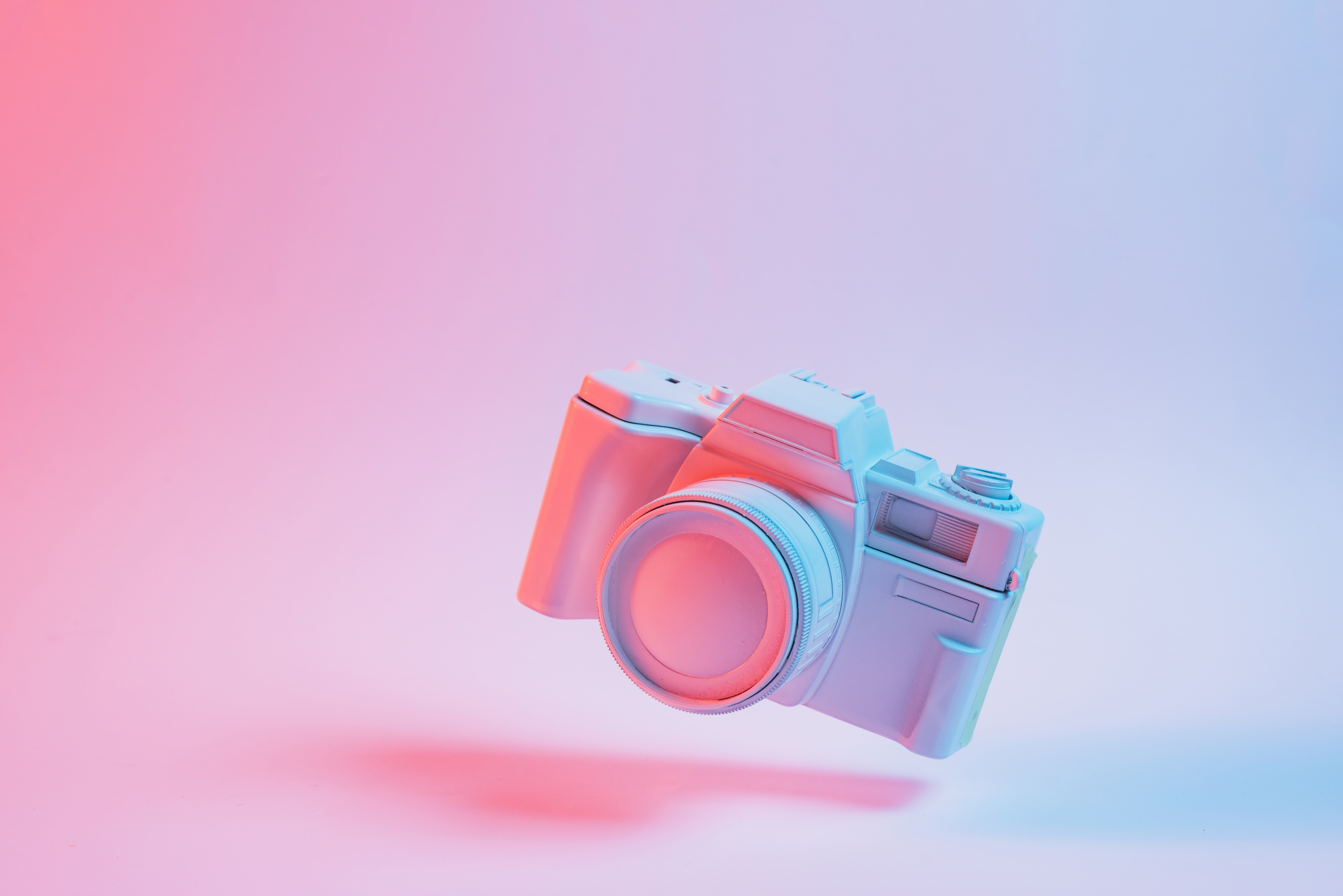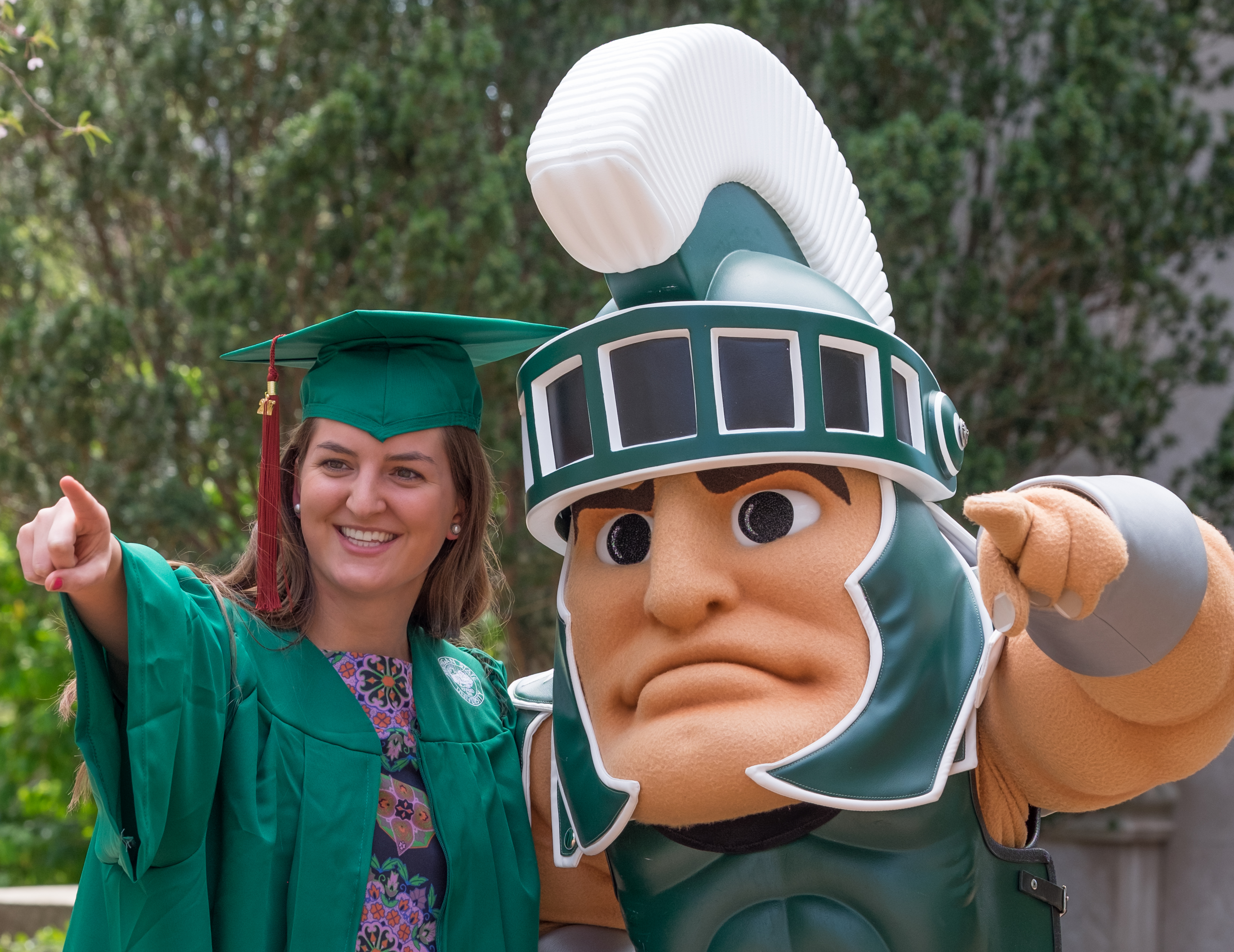Browse
Posted on: #iteachmsu



Posted by
over 1 year ago

Choosing a Time Management Technique That Works for You -- Additionally added --- edited
Whether you’re a full-time student, a working student or a parent going back to school, better time management skills are vital to living a balanced life. If you have a habit of leaving things until the last minute, try using Parkinson’s Law or the eat that frog method. If you have a hard time focusing on the task at hand, try the Pomodoro technique of working more intensely in short intervals.
Mastering time management will set you up for success in all areas of your life and will help you avoid test anxiety when finals roll around. At USAHS, we emphasize supporting our students in their personal and professional lives. We help you develop the tools and additional resources you need to succeed in our graduate degree programs.
Whether you’re a full-time student, a working student or a parent going back to school, better time management skills are vital to living a balanced life. If you have a habit of leaving things until the last minute, try using Parkinson’s Law or the eat that frog method. If you have a hard time focusing on the task at hand, try the Pomodoro technique of working more intensely in short intervals.
Mastering time management will set you up for success in all areas of your life and will help you avoid test anxiety when finals roll around. At USAHS, we emphasize supporting our students in their personal and professional lives. We help you develop the tools and additional resources you need to succeed in our graduate degree programs.
Disciplinary Content
Posted on: #iteachmsu



Posted by
over 1 year ago

Types of cholesterol
There are two primary types of cholesterol: low-density lipoprotein (LDL) and high-density lipoprotein (HDL). While people often refer to LDL as “bad” cholesterol, HDL is known as “good” cholesterol.
Most of Trusted Source the body’s cholesterol is LDL. High levels of LDL can cause fatty deposits called plaque to accumulate in the walls of blood vessels. Over time, this can cause the narrowing of the arteries, blocking blood flow and increasing a person’s risk of heart attack and stroke.
High LDL may stem fromTrusted Source a combination of genetic factors and lifestyle habits.
Conversely, HDL reduces the buildup of plaque in blood vessels. It absorbs cholesterol and brings it to the liver, which removes it from the body.
Having high levels of HDL can reduce a person’s risk of a heart attack and stroke.
There are two primary types of cholesterol: low-density lipoprotein (LDL) and high-density lipoprotein (HDL). While people often refer to LDL as “bad” cholesterol, HDL is known as “good” cholesterol.
Most of Trusted Source the body’s cholesterol is LDL. High levels of LDL can cause fatty deposits called plaque to accumulate in the walls of blood vessels. Over time, this can cause the narrowing of the arteries, blocking blood flow and increasing a person’s risk of heart attack and stroke.
High LDL may stem fromTrusted Source a combination of genetic factors and lifestyle habits.
Conversely, HDL reduces the buildup of plaque in blood vessels. It absorbs cholesterol and brings it to the liver, which removes it from the body.
Having high levels of HDL can reduce a person’s risk of a heart attack and stroke.
Disciplinary Content
Posted on: #iteachmsu



Posted by
over 1 year ago

Natural resources are the raw materials and sources of energy that we use. Petrol, metals, soil, sand, wind, water, and everything in between are natural resources. Manufactured items such as plastic, sheet metal, fabrics, microchips, electricity and concrete are not natural resources, but are most definitely derived from natural resources.
Natural resources are the raw materials and sources of energy that we use.
Petrol, metals, soil, sand, wind, water and everything in between are natural resources. Manufactured items such as plastic, sheet metal, fabrics, microchips, electricity and concrete are not natural resources, but are most definitely derived from natural resources.
Think about the relationship between natural resources and manufactured products. In essence, we call them “natural” resources because they are things human society uses that are created (or were created in the case of fossil fuels) without human intervention.
Perpetually Renewable Resources
Perpetually renewable resources are the easiest resources to understand; these are natural resources that are constantly replenished by the Sun’s and Earth’s natural processes. For example, every day the sun delivers an average of 198 Watts of energy to every square meter (m
) of the Earth’s surface. For comparison a standard incandescent light bulb in a bedside lamp uses 40 Watts, or a 100kg person climbing a step in 2 seconds uses roughly 200 Watts. Every day without fail for the last 5 billion years (plus or minus a few hundred million years) the Sun has delivered this solar energy.
Together with geothermal energy (heat from the Earth’s interior), the Sun’s perpetual energy powers the winds, ocean currents, precipitation and most of the Earth’s plant life. Solar and geothermal natural resources currently energise a significant and growing percentage of many nations’ electrical grids. It is perpetually renewable in the sense that no matter how much we use in terms of human time-scales (e.g decades to millennia), the Sun and the Earth will always make more.
Intermediate Renewable Resources
Intermediate renewable resources are only renewable resources if we don’t use them too quickly. They are resources such as freshwater, soil, crops and trees for timber. If we didn’t use them, they would be perpetually renewable, but because they require time (on human time-scales) to regenerate or grow, we can overuse them until they are no longer available.
Freshwater is a great example of an intermediate renewable resource. Through the water cycle, the sun evaporates water from the surface of saltwater oceans that travels over land and falls back to earth as freshwater rain. This rain fills the lakes, rivers and aquifers we use for agriculture, industry and drinking water. If we use this freshwater at the same rate as the rain recharging it, then we won’t run out. If we use the freshwater faster than it recharges, then we will. Intermediate renewable resources must be carefully managed to ensure they are not depleted.
Non-renewable Resources
The last category of natural resources are the non-renewables. These are resources that will not regenerate on human time-scales. Once they have been depleted they will no longer be available and no more will be made. The most common examples of non-renewable resources are fossil fuels, so-called because most were created by processes that take millions of years. Fossil fuels include crude oil, natural gas, coal and uranium. Other non-renewable resources include metals, lithium and rare-Earth elements (REE’s), but it’s important to remember that while we may eventually run out of mineable metals and REE’s, with careful waste management, these can be recovered through recycling. However, it is not the same for fossil fuels as using them for energy alters their chemistry so they are no longer useful.
Natural resources are the raw materials and sources of energy that we use.
Petrol, metals, soil, sand, wind, water and everything in between are natural resources. Manufactured items such as plastic, sheet metal, fabrics, microchips, electricity and concrete are not natural resources, but are most definitely derived from natural resources.
Think about the relationship between natural resources and manufactured products. In essence, we call them “natural” resources because they are things human society uses that are created (or were created in the case of fossil fuels) without human intervention.
Perpetually Renewable Resources
Perpetually renewable resources are the easiest resources to understand; these are natural resources that are constantly replenished by the Sun’s and Earth’s natural processes. For example, every day the sun delivers an average of 198 Watts of energy to every square meter (m
) of the Earth’s surface. For comparison a standard incandescent light bulb in a bedside lamp uses 40 Watts, or a 100kg person climbing a step in 2 seconds uses roughly 200 Watts. Every day without fail for the last 5 billion years (plus or minus a few hundred million years) the Sun has delivered this solar energy.
Together with geothermal energy (heat from the Earth’s interior), the Sun’s perpetual energy powers the winds, ocean currents, precipitation and most of the Earth’s plant life. Solar and geothermal natural resources currently energise a significant and growing percentage of many nations’ electrical grids. It is perpetually renewable in the sense that no matter how much we use in terms of human time-scales (e.g decades to millennia), the Sun and the Earth will always make more.
Intermediate Renewable Resources
Intermediate renewable resources are only renewable resources if we don’t use them too quickly. They are resources such as freshwater, soil, crops and trees for timber. If we didn’t use them, they would be perpetually renewable, but because they require time (on human time-scales) to regenerate or grow, we can overuse them until they are no longer available.
Freshwater is a great example of an intermediate renewable resource. Through the water cycle, the sun evaporates water from the surface of saltwater oceans that travels over land and falls back to earth as freshwater rain. This rain fills the lakes, rivers and aquifers we use for agriculture, industry and drinking water. If we use this freshwater at the same rate as the rain recharging it, then we won’t run out. If we use the freshwater faster than it recharges, then we will. Intermediate renewable resources must be carefully managed to ensure they are not depleted.
Non-renewable Resources
The last category of natural resources are the non-renewables. These are resources that will not regenerate on human time-scales. Once they have been depleted they will no longer be available and no more will be made. The most common examples of non-renewable resources are fossil fuels, so-called because most were created by processes that take millions of years. Fossil fuels include crude oil, natural gas, coal and uranium. Other non-renewable resources include metals, lithium and rare-Earth elements (REE’s), but it’s important to remember that while we may eventually run out of mineable metals and REE’s, with careful waste management, these can be recovered through recycling. However, it is not the same for fossil fuels as using them for energy alters their chemistry so they are no longer useful.
Disciplinary Content
Posted on: #iteachmsu


Posted by
over 1 year ago
Phospholipids
Phospholipids are a type of lipid, therefore they are formed from the monomer glycerol and fatty acids
Unlike triglycerides, there are only two fatty acids bonded to a glycerol molecule in a phospholipid as one has been replaced by a phosphate ion (PO43-)
https://www.savemyexams.com/a-level/biology/ocr/17/revision-notes/2-foundations-in-biology/2-2-biological-molecules/2-2-8-lipids-structure--function/
As the phosphate is polar it is soluble in water (hydrophilic)
The fatty acid ‘tails’ are non-polar and therefore insoluble in water (hydrophobic)
Phospholipids are a type of lipid, therefore they are formed from the monomer glycerol and fatty acids
Unlike triglycerides, there are only two fatty acids bonded to a glycerol molecule in a phospholipid as one has been replaced by a phosphate ion (PO43-)
https://www.savemyexams.com/a-level/biology/ocr/17/revision-notes/2-foundations-in-biology/2-2-biological-molecules/2-2-8-lipids-structure--function/
As the phosphate is polar it is soluble in water (hydrophilic)
The fatty acid ‘tails’ are non-polar and therefore insoluble in water (hydrophobic)
Disciplinary Content
Posted on: #iteachmsu



Posted by
over 1 year ago

Triglycerides
Triglycerides are fats and oils
Fatty acid and glycerol molecules are the components that make up triglycerides
Fats and oils have a number of important functions in organisms: energy storage, insulation, buoyancy, and protection
Energy storage
The long hydrocarbon chains in triglycerides contain many carbon-hydrogen bonds with little oxygen (triglycerides are highly reduced)
So when triglycerides are oxidised during cellular respiration this causes these bonds to break releasing energy used to produce ATP
Triglycerides, therefore, store more energy per gram than carbohydrates and proteins (37kJ compared to 17kJ)
As triglycerides are hydrophobic they do not cause osmotic water uptake in cells so more can be stored
Plants store triglycerides, in the form of oils, in their seeds and fruits. If extracted from seeds and fruits these are generally liquid at room temperature due to the presence of double bonds which add kinks to the fatty acid chains altering their properties
Mammals store triglycerides as oil droplets in adipose tissue to help them survive when food is scarce (e.g. hibernating bears)
The oxidation of the carbon-hydrogen bonds releases large numbers of water molecules (metabolic water) during cellular respiration
Desert animals retain this water if there is no liquid water to drink
Bird and reptile embryos in their shells also use this water
Triglycerides are fats and oils
Fatty acid and glycerol molecules are the components that make up triglycerides
Fats and oils have a number of important functions in organisms: energy storage, insulation, buoyancy, and protection
Energy storage
The long hydrocarbon chains in triglycerides contain many carbon-hydrogen bonds with little oxygen (triglycerides are highly reduced)
So when triglycerides are oxidised during cellular respiration this causes these bonds to break releasing energy used to produce ATP
Triglycerides, therefore, store more energy per gram than carbohydrates and proteins (37kJ compared to 17kJ)
As triglycerides are hydrophobic they do not cause osmotic water uptake in cells so more can be stored
Plants store triglycerides, in the form of oils, in their seeds and fruits. If extracted from seeds and fruits these are generally liquid at room temperature due to the presence of double bonds which add kinks to the fatty acid chains altering their properties
Mammals store triglycerides as oil droplets in adipose tissue to help them survive when food is scarce (e.g. hibernating bears)
The oxidation of the carbon-hydrogen bonds releases large numbers of water molecules (metabolic water) during cellular respiration
Desert animals retain this water if there is no liquid water to drink
Bird and reptile embryos in their shells also use this water
Navigating Context
Posted on: #iteachmsu


Posted by
over 1 year ago
Cooperative Learning
Carefully structured cooperative learning groups in which each student is assigned a role and has clear expectations for desired outcomes are very helpful for students with ADHD. The more structured the cooperative activity, the more likely it is that these students will succeed.
Sharing Strategies
Think, Pair, Share/Square Share/Group Share: Using this
approach, students work with peer partners to discuss the lesson, check each other’s
work, and share strategies.
Carefully structured cooperative learning groups in which each student is assigned a role and has clear expectations for desired outcomes are very helpful for students with ADHD. The more structured the cooperative activity, the more likely it is that these students will succeed.
Sharing Strategies
Think, Pair, Share/Square Share/Group Share: Using this
approach, students work with peer partners to discuss the lesson, check each other’s
work, and share strategies.
Disciplinary Content
Posted on: Try to leave negativity at the door and focus on all the good things you do have.



Posted by
over 1 year ago

Practice Gratitude
This final tip is the easiest one of all: be grateful! Try to leave negativity at the door and focus on all the good things you do have. It’s been shown that positive people live longer. Just like a healthy diet, filling your life with positive people, thoughts and things can have long-lasting positive impacts on your longevity. -- edited
This final tip is the easiest one of all: be grateful! Try to leave negativity at the door and focus on all the good things you do have. It’s been shown that positive people live longer. Just like a healthy diet, filling your life with positive people, thoughts and things can have long-lasting positive impacts on your longevity. -- edited
Posted on: #iteachmsu


Posted by
over 1 year ago
Keep Regular Doctor Appointments
No one likes going to the doctor, but it’s important to schedule regular screenings and physicals as you age. If you have a consistent pain or something just doesn’t feel right, make an appointment with your primary care physician to rule out anything serious. Your relationship with your doctor should be open and honest to ensure you get the best care possible.-- edited
Practice Gratitude
This final tip is the easiest one of all: be grateful! Try to leave negativity at the door and focus on all the good things you do have. It’s been shown that positive people live longer. Just like a healthy diet, filling your life with positive people, thoughts and things can have long-lasting positive impacts on your longevity.
No one likes going to the doctor, but it’s important to schedule regular screenings and physicals as you age. If you have a consistent pain or something just doesn’t feel right, make an appointment with your primary care physician to rule out anything serious. Your relationship with your doctor should be open and honest to ensure you get the best care possible.-- edited
Practice Gratitude
This final tip is the easiest one of all: be grateful! Try to leave negativity at the door and focus on all the good things you do have. It’s been shown that positive people live longer. Just like a healthy diet, filling your life with positive people, thoughts and things can have long-lasting positive impacts on your longevity.
Navigating Context
